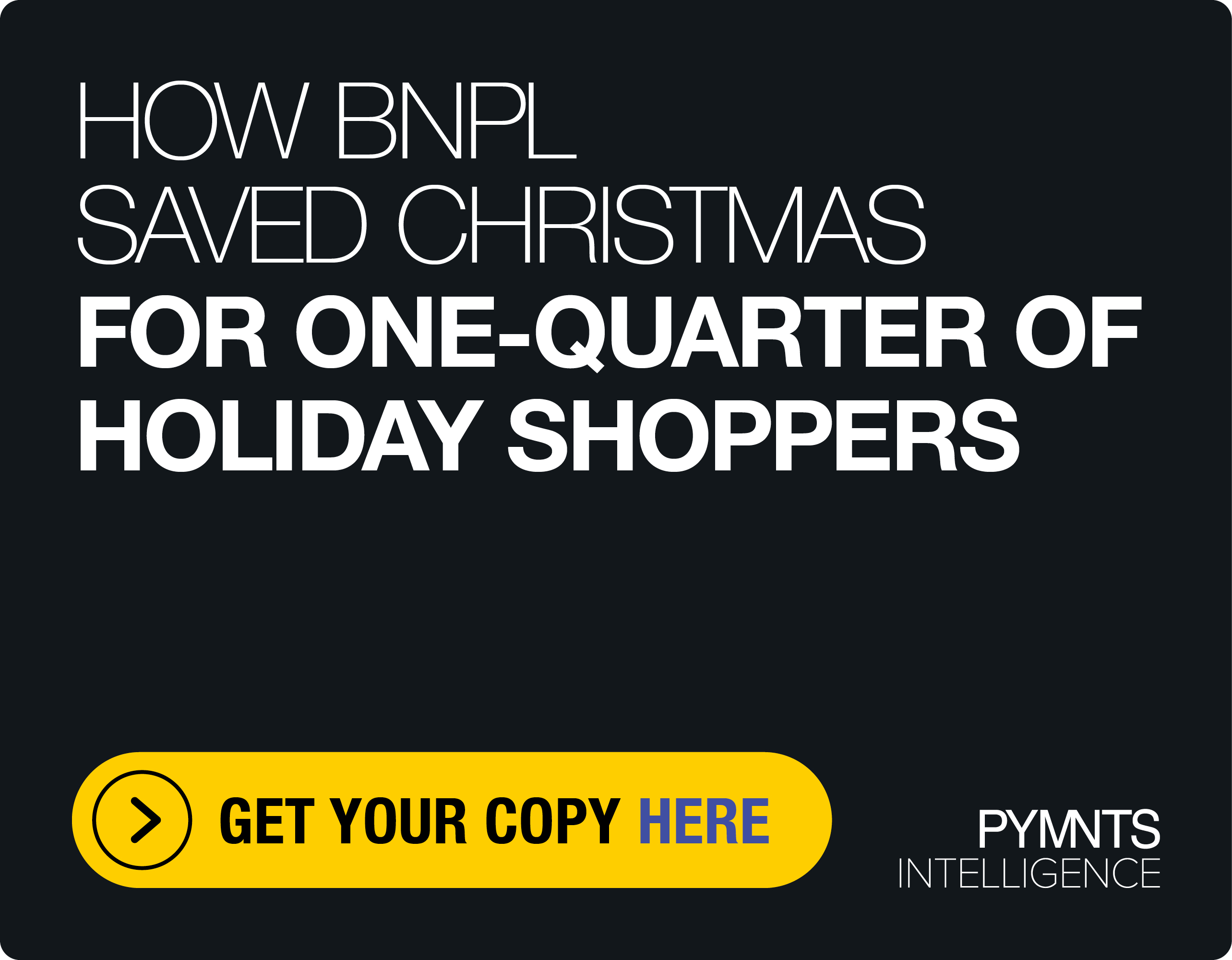Faster Disbursement Tools To Encourage Employee Wellness

Companies will spend roughly $13 billion on employee wellness programs by 2023 to combat soaring healthcare costs and improve workforce productivity. In the latest edition of the Disbursements Tracker, iRewardHealth CEO Rick McCartney tells PYMNTS that closing that gap more quickly comes down to using instant financial rewards for participating employees.
![]() It can be tricky for employers to determine the right way to encourage employee participation in company wellness programs, especially when there are so many wrong ways to do so.
It can be tricky for employers to determine the right way to encourage employee participation in company wellness programs, especially when there are so many wrong ways to do so.
Employers and human resources administrators urge their employees to participate, in order to reduce healthcare costs and boost workplace productivity. The market for corporate wellness platforms is positioned for strong growth in the coming years, as more firms look for opportunities to improve employee health and work-life balance. Recent analysis projects the market will generate more than $13 billion in revenue by 2023 in the U.S. alone, growing at a compound annual growth rate (CAGR) of more than 8 percent through 2023.
Despite this growth potential, these programs’ effectiveness is still up for debate. A recent study from the University of Illinois Urbana-Champaign found no significant evidence that wellness programs impacted employee behaviors, medical expenditures or changes in productivity. This is largely because they typically attract participants who were already engaged in healthy lifestyle choices, not those who needed to make changes.
What the employee wellness market needs, iRewardHealth.com CEO Rick McCartney told PYMNTS in a recent interview, is a more effective way to encourage participation that quickly rewards employees for making healthier choices. Founded in 2014 by a group of behavioral science experts, the company enables wellness participants to earn points based on their participation in activities, then convert those points into financial rewards.
Using financial rewards can be effective “carrots” that can entice employees to participate, McCartney said. However, many employers make the mistake of using the “stick” to boost wellness program participation instead.
A Financial Tool for Healthy Motivation
The inspiration for iRewardHealth came from McCartney’s background as a psychiatric nurse practitioner. During his time working in behavioral healthcare-focused practices — even co-founding one himself — he noticed certain patterns in human behavior.
“We know people do things that feel good to them,” McCartney said. “As a nurse practitioner, I saw a lot of people doing what felt good to them, which is being unhealthy, eating unhealthy foods and being less active than they should [be].”
That was the inspiration for the iRewardHealth service, he explained: offering a tech-based approach so employers and administrators could encourage employees to pursue healthier choices, then giving them a reward about which they can feel good.
The service allows companies to design their own wellness programs based on the size of their employee base. Employees track exercise and eating habits using an iRewardHealth app, earning points for those activities that can be quickly redeemed as financial rewards added to their paychecks, paid via ACH transfer or sent via PayPal. As in other industries, the growing advantages of push payments could soon bring real-time disbursements to employee wellness programs as well.
“Financial rewards are a better way to get [employees] to think about and pay attention to something than it is to control their behavior,” he said, adding that iRewardHealth also allows employees to earn additional vacation time each month.
These rewards encourage employees to look for opportunities to make smarter health-related decisions, McCartney noted. A company that simply offers a wellness program might not fully understand how to entice greater participation, but the prospect of extra money quickly disbursed into a paycheck can be effective in raising awareness and interest.
Given that employees seem to respond well to quick rewards, the prospect of speeding up payments beyond traditional paychecks or ACH deposits to real time might also help spur adoption. By removing a point of friction – the most recent Disbursement Satisfaction Index™ found that consumers ranked paper checks dead last compared to other payment instruments – reward platforms could test more ways to become even more attractive to employees.
The “Carrot and Stick” Approach to Employee Wellness
iRewardHealth’s digitally disbursed financial rewards are designed to encourage employers to use a “carrot” approach when motivating employee participation in company wellness programs. So far, this has had positive results.
The company has seen 70 percent of eligible employees across its client base sign up to create an account, McCartney said. Of those participants, 60 percent have demonstrated sustained engagement for 12 months and earned an average of $102 in rewards.
Too many employers and benefits administrators use the “stick” approach instead, he added, a method which can backfire.
Many companies invest heavily in wellness programs to drive down healthcare costs and boost productivity, McCartney said. Because these investments can be costly — up to $800 per employee, in some cases — and often lock employers into years-long program contracts, companies might require their employees to interact with the program to justify the cost.
Far from helping employees live healthier lives, however, this type of approach often results in an opposite effect.
“When it’s done poorly, to the employee, it feels like another task to be completed,” McCartney said.
Those who feel pressured to engage with these types of programs might feel their employer is unfairly monitoring their health activities.
“When it’s done well, it’s like having snacks in the [break] room or having a fridge stocked in case someone wants to make a lunch instead of [going] out,” he said. “It should be something that helps create a nice, supportive environment.”
A Helping Hand for HR
In addition to taking a gentler motivation approach, iRewardHealth aims to make it easier for more employers and administrators to offer wellness initiatives. It charges employers a rate of $1 per participant, allows them to set their own budgets for financial incentives, runs for a calendar month and allows administrators to cancel plans by the 25th of each month.
The company also acts as the program administrator, McCartney added, hoping to help relieve business owners’ and human resources professionals’ workloads, since they are typically left in charge of running the program.
“Human resource professionals in the benefits space are generally overworked and under-appreciated,” he said. “Instead of adding another item to their plates and asking them to take charge of well-being program activation, we take on the task of notifying employees that our benefit is available.”
Acting as a middleman can also make wellness program participation more appealing to employees, according to McCartney. Employees are more likely to feel comfortable reporting their fitness and health activities to a third party, like iRewardHealth, than to their own companies.
“Employees need to know that we are not providing individual level activity or health data back to their employer, and that this benefit is being offered as a perk, not a requirement,” he said.
Taking a softer approach to getting employers on board is often the first step to doing so, McCartney explained. Once that’s in place, offering employees a financial reward is proving to be effective at motivating them to give the program a try, then stick with it as it suits them.
“It doesn’t necessarily guarantee the outcome, but we look to rewards to get [employees’] attention,” he said.
